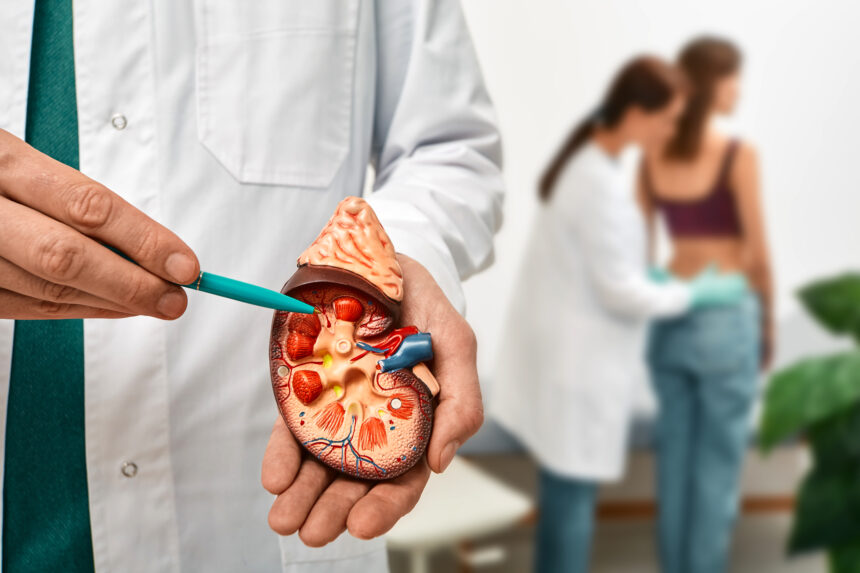Introduction
Experiencing a kidney stone, or renal calculus, is an immensely painful and unpleasant ordeal. These stones can form through various mechanisms, and not all are composed of the same substances. Adequate hydration has long been associated with a reduced risk of kidney stones. However, emerging evidence suggests a potential link between the general microbiome, particularly the intestinal microbiome, and kidney stone formation. A recent study published in the Microbiome journal by the Lawson Health Research Institute sheds light on three distinct microbiomes associated with kidney stones.
The Evolving Landscape of Kidney Stone Research
Jeremy Burton of St. Joseph’s Health Care London notes, “The prevalence of kidney stone disease has increased in recent years, affecting 10% of the general population. While previous research demonstrated a connection between the intestinal microbiome and kidney stones in individuals who have taken antibiotics, we also wanted to explore the connection with other microbiomes in hopes of advancing understanding and potential treatments.”
Previously, kidney stone disease was linked to factors such as obesity or advanced age. However, recent diagnoses reveal cases in young individuals or those with a healthy Body Mass Index (BMI), challenging previous hypotheses.
Researchers from the Lawson Health Research Institute and scientists from Western University scrutinized the microbial composition of three regions in 83 patients with kidney stones and 30 healthy individuals. Salivary, urinary, and intestinal microbiomes were examined in all cases using a specific genetic analysis technique known as shotgun metagenomic sequencing.
Their findings revealed that individuals with kidney stones exhibited alterations in all three types of microbiomes, not just the intestinal microbiome as previously believed. Additionally, patients with pre-existing kidney stones had a common history of antibiotic intake in the last 90 days, a factor previously associated with stone formation.
The use of this specific genetic analysis allowed researchers to identify the bacteria present in the intestines and their genetic capabilities. Simpler sequencing was also performed on oral and urinary microbiomes.
Kidney stones typically consist of crystalline deposits of calcium oxalate. Previously, specific microorganisms like the bacterium Oxalobacter formigens were thought to break down these toxic deposits. However, it is now understood that a much broader group of microorganisms can perform this action, potentially preventing the accumulation of calcium oxalate.
In individuals without kidney stones, the microorganisms in the human body form a stable and beneficial network. However, this network breaks down in people with kidney stones, resulting in the inadequate production of essential vitamins and metabolites in the intestines, oral cavity, and urinary tract.
Furthermore, the group of patients with kidney stones had been exposed to antibiotics, antivirals, and antifungals at some point, possessing genes with increased antibiotic resistance. Not only did they have an unhealthy microbiome, including an intestinal microbiome more likely to excrete toxins towards the kidneys, but they were also more resistant to antibiotics.
Dietary Recommendations for a Healthy Microbiome
According to researchers, maintaining a healthy oral, urinary, and intestinal microbiome is best achieved through a balanced diet, whenever possible, avoiding unnecessary antibiotic intake. A diet rich in prebiotic and probiotic foods can positively impact the three key regions associated with kidney stones: yogurt, fermented foods like pickles, and nitrogen- and fiber-rich foods such as leafy green vegetables or fruits.
As always, further research is essential to clarify which specific diets are optimal for each microbiome and to understand how the human body truly breaks down calcium oxalate. This evolving field of research offers promising insights into preventive measures and potential treatments for kidney stones.













